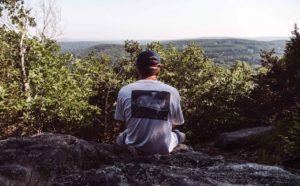
8 Ways for Mountain Bikers to Stay Fit, Engaged, and Happy during the Winter Months
Are you feeling the blues because the trails are covered in snow and it’s too cold to ride? Fear not, mountain bikers! The off-season is the perfect time to focus on your fitness, skills, and mental well-being so you can hit the trails stronger and more confident than ever before. You could sit around watching videos of others enjoying rides when the weather was good or here are 8 ways that you can do to stay engaged, fit, and happy during the off-season.







